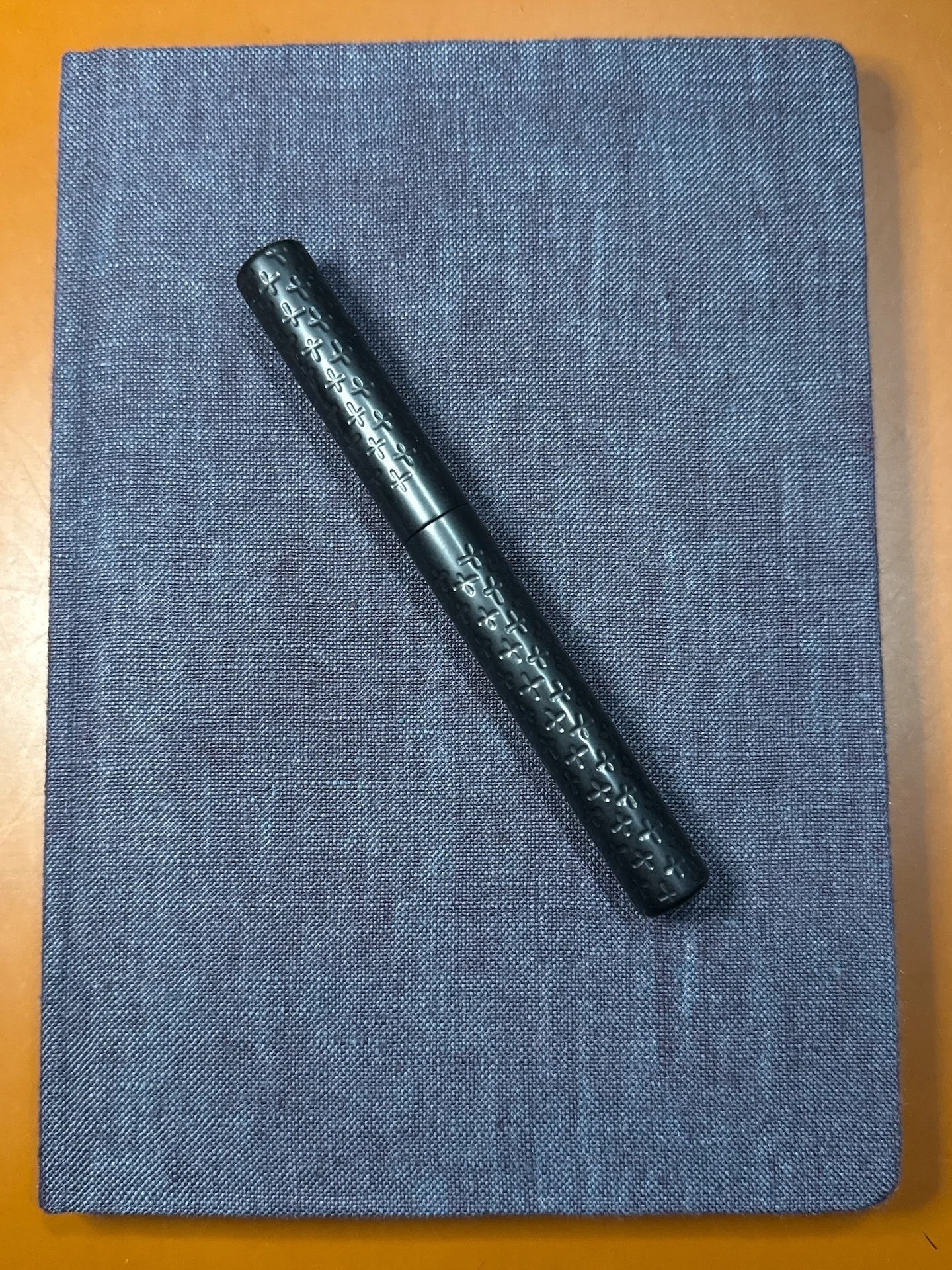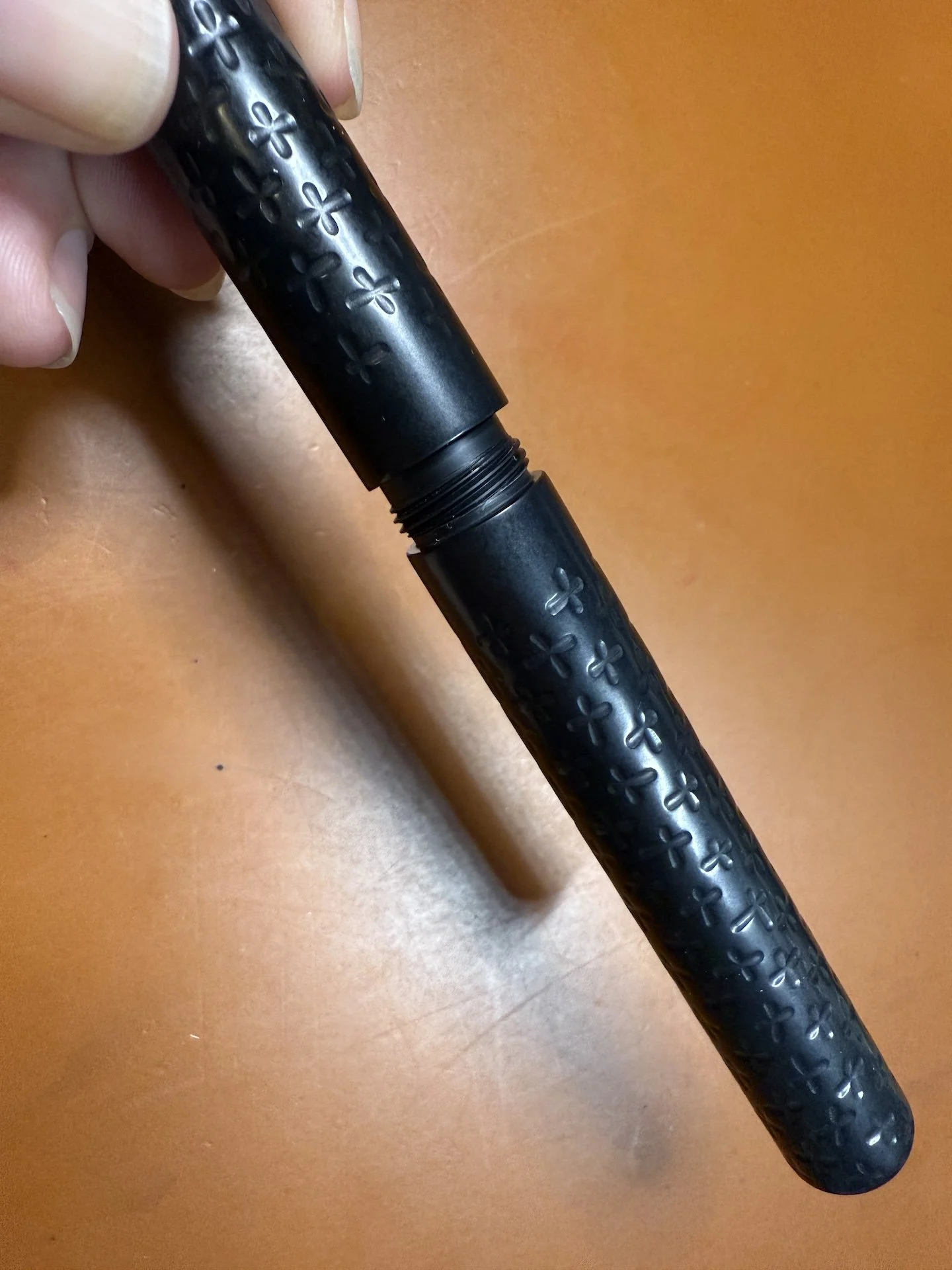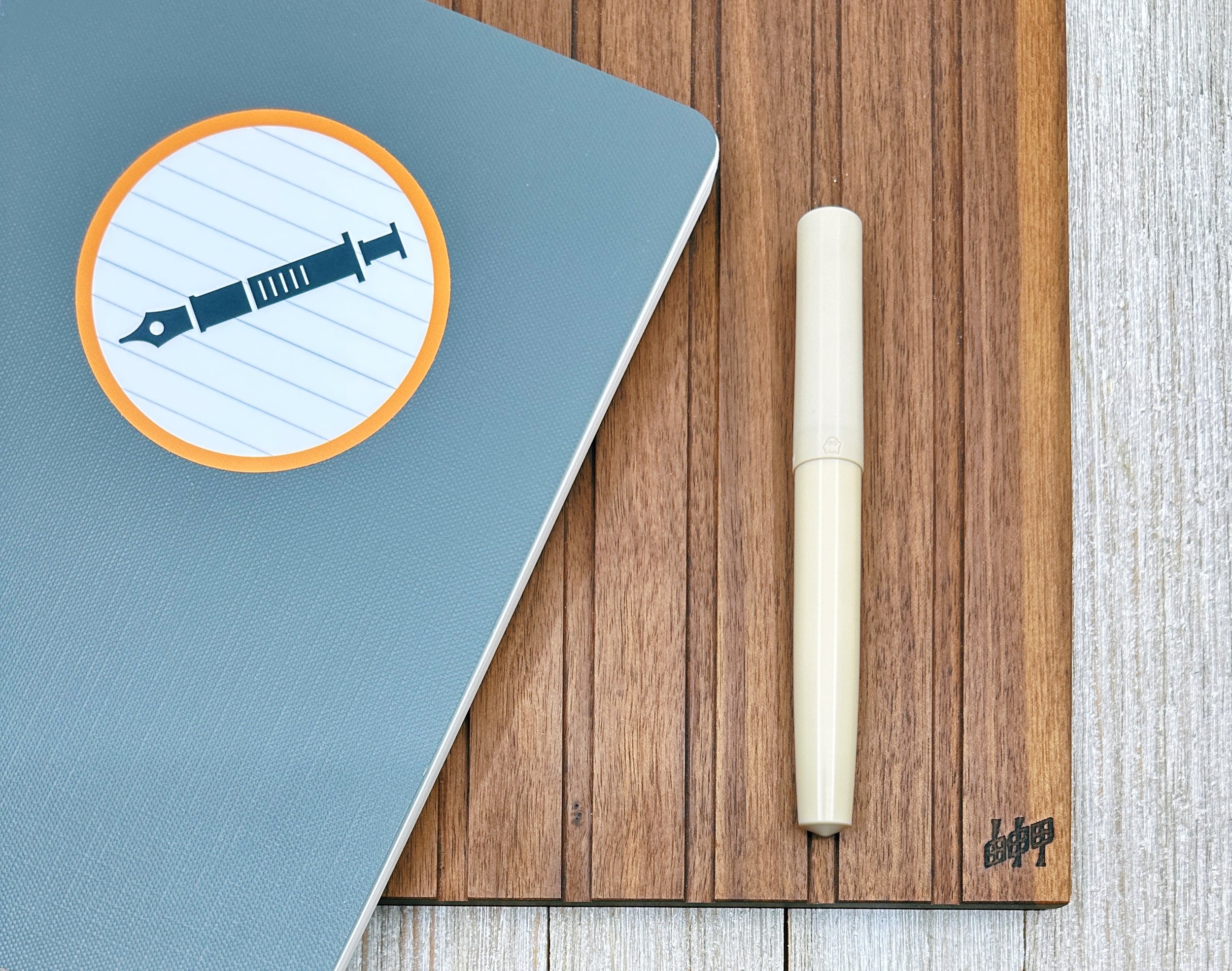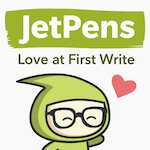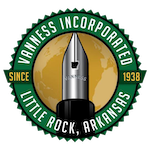(Kimberly (she/her) took the express train down the fountain pen/stationery rabbit hole and doesn't want to be rescued. She can be found on Instagram @allthehobbies because there really are many, many hobbies!.)
My purchases at the recent 2025 Pacific Northwest Pen Show were pretty restrained and I hadn’t planned on buying any pens, but when I heard that two of my favorite pen people were doing a collab, I knew I had to take a look.
Schon DSGN x Custom Nib Studio Sashiko fountain pen.
Gena Salorino of Custom Nib Studio launched their Sashiko Fountain Pen collab with Ian Schon of Schon DSGN a couple weeks ago at the PNW Pen Show. This Sashiko pen has an engraved design, which is inspired by the Japanese stitching/embroidery technique of the same name. According to Wikipedia, “Sashiko (刺し子, lit. 'little stabs') is a type of traditional Japanese embroidery or stitching used for the decorative and/or functional reinforcement of cloth and clothing.” There are different kinds of patterns for Sashiko embroidery/stitching, like stripes, checks, diamonds, etc. Gena chose the cross stitch pattern because this is the technique they use to repair their own clothing, which I think is extra cool.
When asked how this pen came about, Gena said they had always wanted to work on a pen with Ian and it came about a few months ago when they “daydreamed” their idea of a pen to him, who took the idea and ran with it. And thus, the Sashiko fountain pen was born.
The Sashiko pen is made from Ultem (also known as polyetherimide or PEI), an engineered plastic that is much stronger than acrylic. It can also be machined to be very thin, resulting in a very lightweight pen. The finish is neither a matte nor super polished, giving it a “warm” feeling to it, similar to ebonite.
Rather than creating a single sashiko pattern and then reproducing that pattern on all the pens, Ian, ever the engineer, challenged himself to “create a style of 'macro' programming to create a new unique pattern for each pen that follows the same logic and styling, but is totally one of a kind.” This gives it a random, handmade feel without actually hand-crafting each stitch. As a result, each of these pens are unique. I appreciate the “imperfection” of the cross markings, which echoes real life stitching on fabric.
You can see that each of the stitches are similar but different.
One of the things that impressed me the most about the pen is the cap threading - in addition to it taking a mere half turn to cap/uncap the pen, the last little turn to cap the pen has a gentle resistance that tells you it’s about to be fully sealed. It’s hard to describe but it is such a satisfying sensation.
Just a few threads are needed for a half-turn cap/uncap.
Cleaning Ultem pens is easy - usually water (and soap, if necessary) is all you need. Alcohol is also safe if you need a deeper clean. Ian recommends avoiding ammonia-based solutions, including pen flush. If you want to use pen flush to clean the nib/feed, unscrew the nib unit to clean it separately.
The pen measures 5” (127.5 mm) when capped and 4.8” (122.5 mm) when uncapped (note that the pen does not post). It weighs 0.66 oz. or 18.77 g with nib unit & converter. Here are some pens that are similar in size, along with their weights:
Pen
Weight (uncapped with converter)
Weight (capped with converter)
Sashiko
0.546 oz/15.46 g
0.66 oz/18.77 g
Schon Dsgn Full Size Fountain Pen - Aluminum
0.729 oz/20.66 g
0.927 oz/26.28 g
Sailor Pro Gear
0.543 oz/15.43 g
0.835 oz/23.69 g
Platinum 3776
0.475 oz/13.50 g
0.840 oz/23.82 g
Franklin-Christoph 03
0.440 oz/12.48 g
0.657 oz/18.62 g
Pilot CH 912
0.440 oz/12.47 g
0.755 oz/21.41 g (with Con-40)
Pelikan M600
0.397 oz/11.22 g
0.646 oz/18.31 g
Note: I sorted this by descending uncapped weight since the Sashiko can’t be posted.
Pens similar in size and/or weight to the Sashiko pen (L to R): Sashiko, Schon DSGN full-sized fountain pen, Sailor Pro Gear, Platinum 3776, Franklin-Christoph 03, Pilot Custom Heritage 912, Pelikan M600.
Writing sample of the Sashiko pen, with a Broad Journaler. Robert Oster Tokyo Denim Blue seemed like a good choice for the Sashiko. Paper is Ayush Paper dot grid.
The Sashiko pen includes an o-ring for the grip for eyedropper use only.
The Sashiko pen costs $300 and comes equipped with a converter, an unbranded Jowo 6 nib from Extra Fine to Broad, and an o-ring (only for eyedroppering). If you want a nib grind for the Sashiko, you have to add that to your cart separately. You can also order a Monoc with a grind from Gena via email.
When I first saw the IG post announcing the Sashiko pen, I thought that it was cool, but probably not my thing. Despite being in the tongue-in-cheek Black Pen Society, I prefer more colorful pens. I’ve also felt that Ultem pens were a bit too light (weightwise) for me. But when I got to touch, hold, feel the pen in hand at the PNW Show, I was sold. It isn’t cheap but it wasn’t overly expensive either. I went from “it’s cool, but maybe not for me” to “this is more interesting than I expected it to be and I’m glad I get to buy one and support two wonderful people”.
A batch of 100 pens were made, with no current plans to make more. Gena will have them at their table at the upcoming DC Pen Show and SF Pen Show, as well as on their website.
(Disclaimer: The Sashiko Pen was purchased by me at full price from Gena at the 2025 Pacific Northwest Pen Show. I also paid regular price for the Journaler grind on the Broad nib. Everything else shown is also my own.)

